Is There a Time When Anglers Should Admit Defeat and Move On?
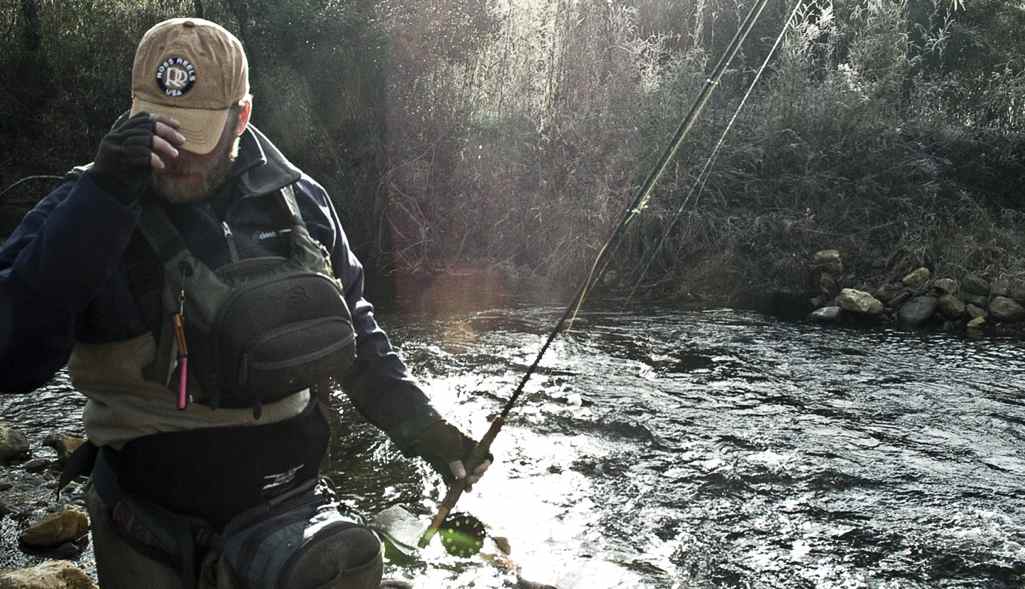
I have a good friend from Colorado that told me he once scuba dived in a river and watched his buddy drift nymphs through runs that were loaded with trout. He said he was astonished to see how many times the tippet of the leader drifting in the current went into the mouths of trout, resulting in the fly of the hook snagging the trout. If you’ve ever fly fished for fresh sockeye salmon, you know that the majority of the time that’s exactly how you catch them. Only on rare occasions do they eat your fly, and even then one could argue it’s only out of aggression from the pending spawn. When my friend told me his underwater account, it made me wonder how many fish I thought I’d gotten to eat my fly in the past, but were actually fish that I really just flossed with my leader and snagged. Were those catches legitimate? Not unless you believe calculated or accidental flossing is legit. Maybe if you’re starving to death I could go along with that, but most of us don’t live off the land.
Read More »The Pebble Mine Fight is Far From Over
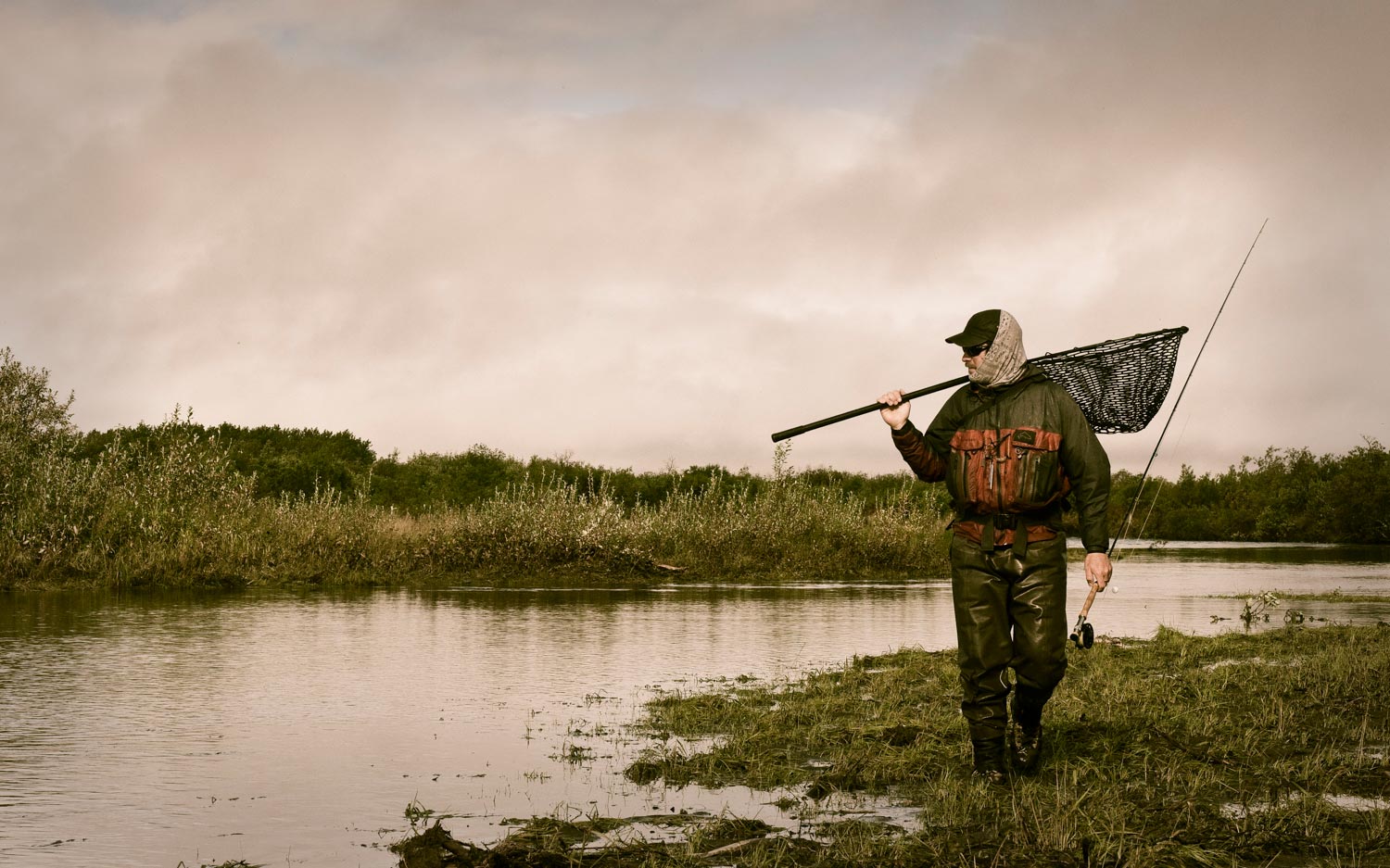
By Dan Frasier
Be warned, the Pebble Mine is not a settled issue.
The risks to one of the most important watersheds on the planet are still very much alive. Progress has been made and Pebble’s backers frustrated, but they certainly aren’t done. In fact, they are mustering for another fight. And that’s why I’m about to talk about how the process works and where things stand. This is going to get a little involved and pretty technical. In fact, it’s going to be downright dry at some points. Why? Because, in the wake of the Lake Okeechobee disaster in South Florida, Brazil’s mine failure and countless other catastrophes, it couldn’t be more important that we understand how the political processes work, and what we can do to combat the business interests that use them. The operators on the other side are smart as hell, well funded, patient and motivated. To the extent that they understand the playing field better than us, we will continue to lose these fights at every turn. So what I’m writing to you today is part educational and part motivational. I want you to understand where things stand, why and what that means for the future. Because assuming victory now would be like turning our back on a wounded and cornered big cat. That is to say, unadvisable.
Pebble Mine has always been a concept.
We’ve treated and spoken about it like it was a business, or a big gaping hole in the ground, but it’s never been that. It’s been a proposal for nearly a decade. That’s what the entire fight has been about. How would foreign companies be allowed to remove the copper, gold, and other resources that lie in the earth at the headwaters of Bristol Bay? To complicate matters, Pebble Mine has never even reached the point of being entirely proposed. Complete permits have not been filed. Detailed plans have not been drawn. Thus far the fight has simply centered on what parameters the proposals will eventually need to meet. In other words, based on the very preliminary sketches of how the people that own the mining rights at Bristol Bay would like to proceed, the EPA decided to highlight some of the standards the fully completed proposal would have to meet. That’s how early we are in this fight. The rules of engagement are the only things being argued about thus far. We’re still deciding who gets what chess pieces. After the fight defining the rules gets settled the concepts for how to extract will be set forth and we will fight about those. The problem with concepts is that they are hard to kill and infinitely replaceable with another idea. So let’s take a step back and see how the real machinations of the Pebble Mine situation work.
We’ll start here. We know that there are about half a trillion dollars’ worth of natural resources buried in the ground on the proposed Pebble site. That’s a fact. It’s science, and it doesn’t do anyone much good to argue it. The State of Alaska knows that and they did what governments do with potentially developable resources. They sell the right to extract them to the highest bidder. These are mineral rights, or leases and they are traded every day. In this case, a company named Northern Dynasty Minerals, based in British Columbia, leased the rights to extract the minerals from the proposed Pebble site.
Northern Dynasty has neither the resources (think cash) nor the expertise to develop a grand scale mining operation. In fact, they don’t have anything. They are simply a corporation that owns one asset. That asset is the lease to mine at Pebble. Situations like that make governments a little nervous. They don’t want to lease valuable mineral rights to wildcatters or any other yahoo that can scrape a few bucks together. So in the lease agreement there will be provisions that require the company have the financial means and expertise to exploit those resources. Northern Dynasty did this by partnering with the three of the biggest copper mining firms on the planet, forming the Pebble Partnership. Three companies with more money than god and all the expertise on the planet on how to get metal out of rock and turn it into the wires in your iPhone. Established companies, big companies, necessary companies for our modern society to run. Anyway, these 3 powerhouses lined up to be the boots on the ground that, for a majority of the revenue, would develop and operate the mining operation and pay Northern Dynasty a cut for being the leaseholder. So far, so normal.
Enter the EPA.
In the normal course of events
Read More »Sunday Classic / The Scott F2 Blows My Skirt Up…Again!
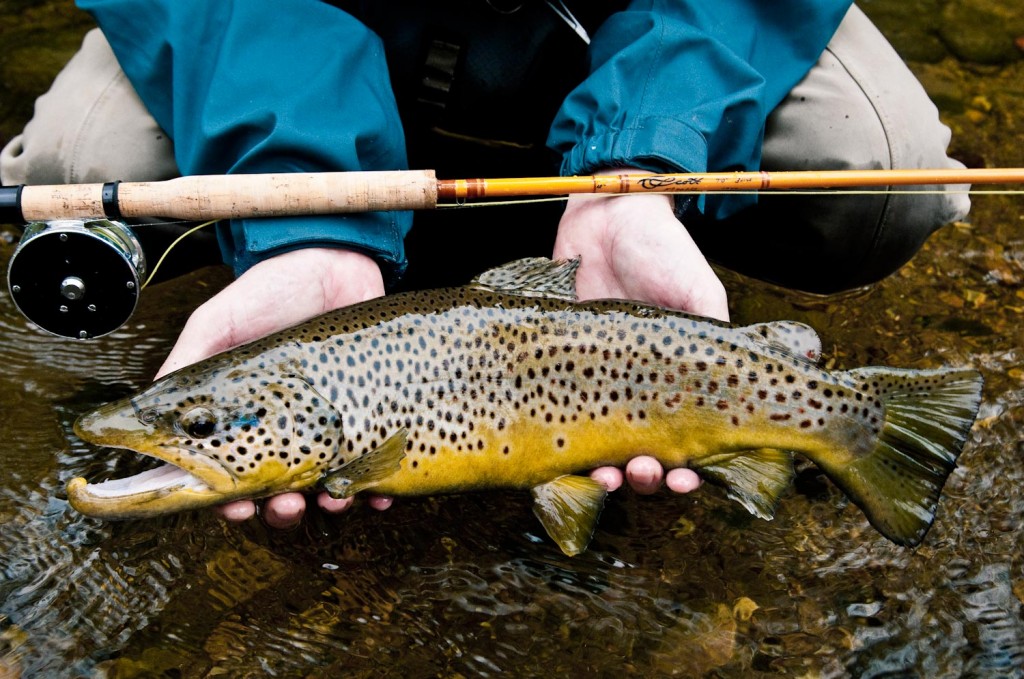
I FELL IN LOVE WITH THIS LITTLE FIBERGLASS BEAUTY ON THE CASTING POND AT THE IFDT SHOW IN NEW ORLEANS IN 2011.
Jim Bartschi, president of Scott Fly Rods, saw me throwing long graceful loops with the F2 7′ 3 weight and came over to correct my form.
“This thing is awesome!” I told him.
“Thanks,” he replied. “Let me show you what it’s made for.”
Jim knelt down at the edge of the casting pond and showed me how the F2 will form a loop casting only the leader. “This baby is designed for a stealthy presentation on small water, where a twelve inch fish is a trophy.” He showed me the wrap twelve inches from the butt of the rod. I was hooked.
It took a while to put an F2 in my collection but I did and I fished it for the first time yesterday. I thought I loved this rod, but I had no idea how much. Casting it at the casting pond was fun but fishing it was bliss. I fished with my good friend Dan Flynn. On the second run we fished, he asked if he could cast it. He never cast his rod again. We shared the F2 for the rest of the day.
The action of this little rod is like butter. It drops a dry fly with the delicacy of bamboo and is as accurate as a Seal team sniper. It’s quite possibly the best roll casting rod I’ve ever fished but the real treat comes when the fish is on. The F2 bends to the cork. I know Jim made this rod for a twelve inch fish and we caught those too but my first fish on the F2 3wt was eighteen inches and it was a party. Dan landed a twenty-four inch
Read More »Saturday Shoutout / Deeter on Rod Reviews
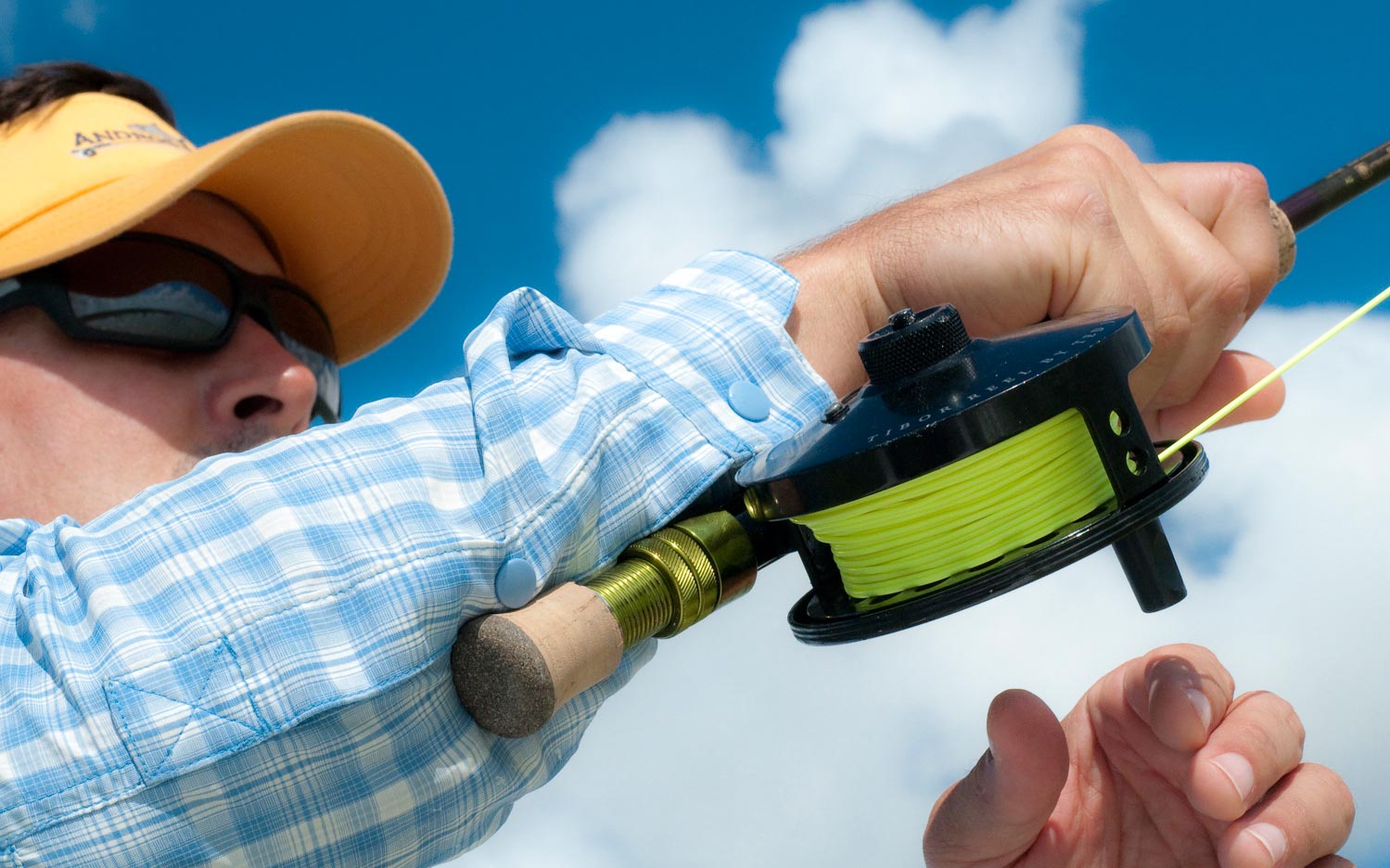
If you ever plan to buy a fly rod you should read this first.
I’ve written my share of rod reviews. I’ve recommended rods I love and tried to be clear about the virtues and shortcomings of each. I’ve been praised, blasted, questioned and on occasion trusted but in the end I have always tried to make it clear that I’m only expressing my opinion.
My buddy Kirk Deeter (yes we’re still friends) has written the best article I’ve seem on the subject. In typical Deeter, no-BS style he tells you exactly what you should know before you buy a fly rod based on anyone’s review. His, mine or anyone else’s.
CHECK OUT “THE TRUTH ABOUT FLY ROD REVIEWS.”
Read More »Cool new packs from From Vedavoo
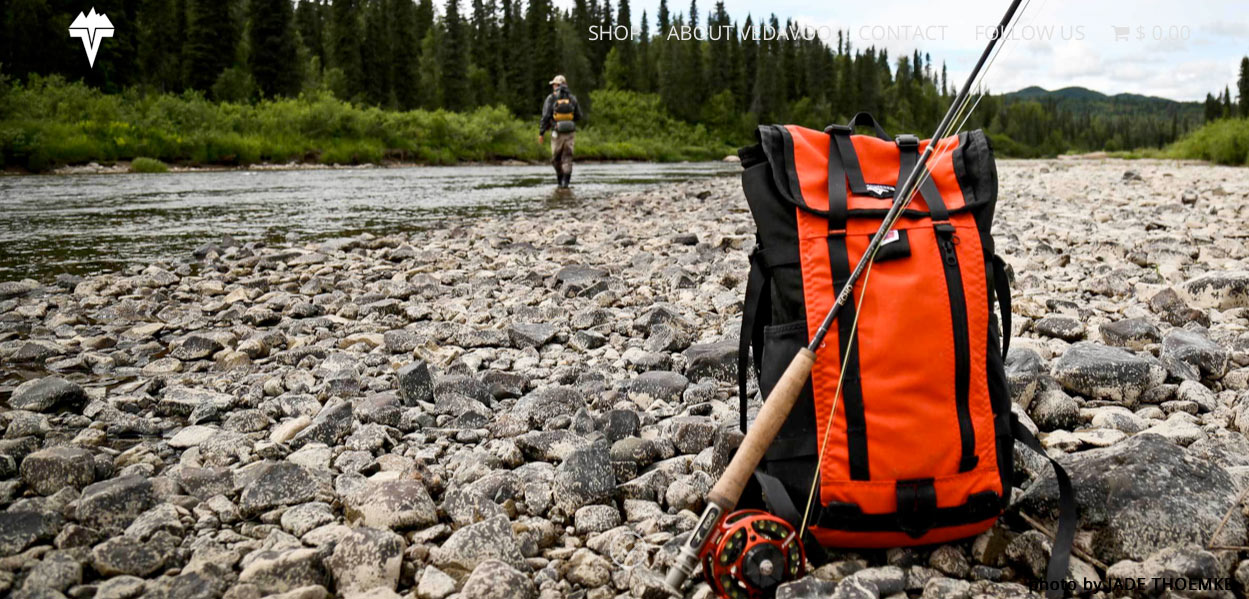
Vedavoo is rocking in 2016
I have to confess, I love seeing this brand succeed. I remember the first time Scott Hunter showed up at IFTD with his hand sewn fishing packs he made in the garage. I knew then I was seeing something special. Now Vedavoo is taking off in a big way and it’s richly deserved.
If you’re looking for smart design and quality construction in your next fishing pack, you should check out Vedavoo. Everyone I have handed my Vedavoo pack to has bought one. This year there are some cool new options and some super creative public service projects.
CHECK OUT THIS VIDEO FOR ALL OF THE SCOOP ON VEDAVOO FOR 2016.
Read More »G&G Beginner Series: Rods, Reels, and Ready-To-Fish Kits
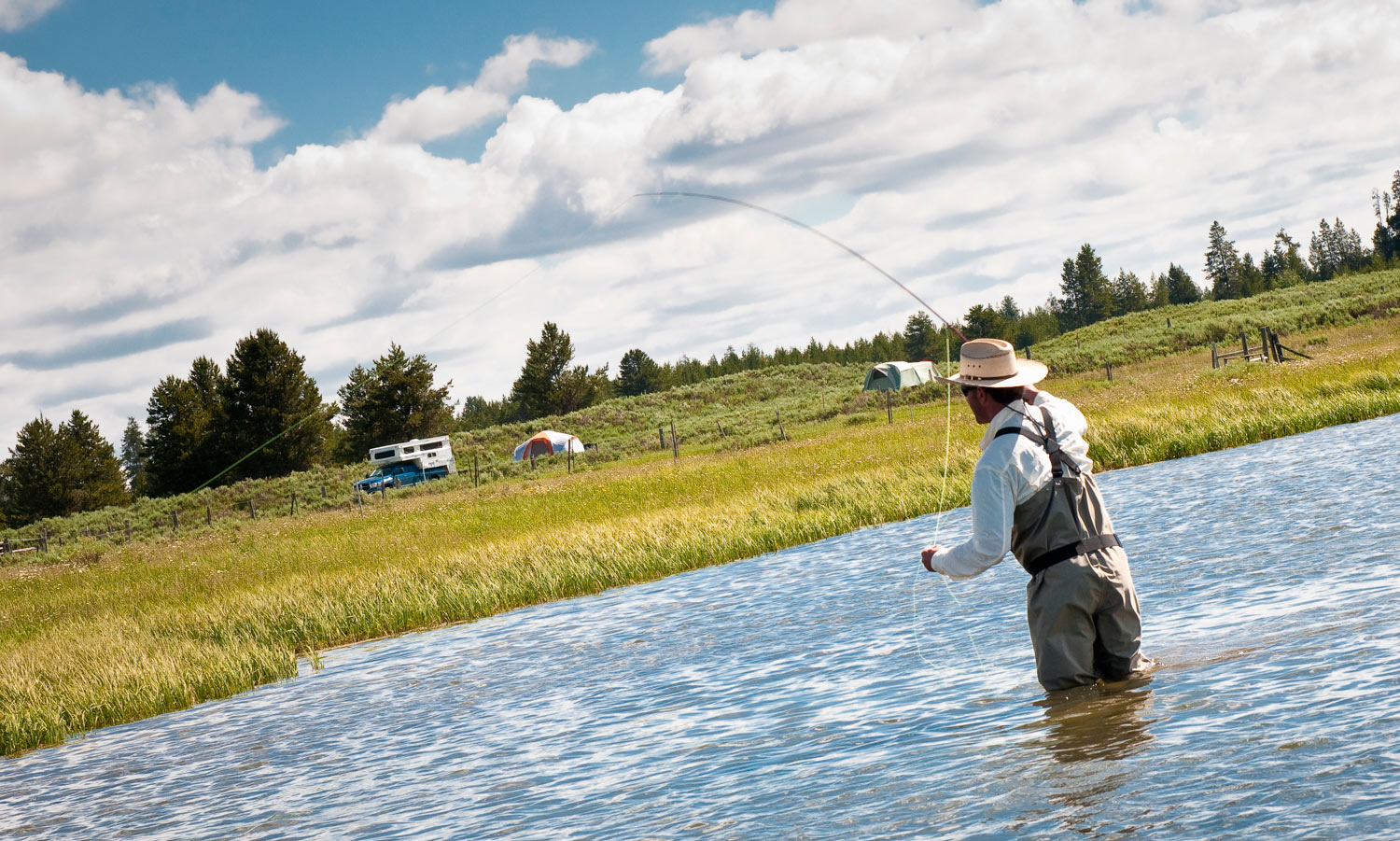
By Justin Pickett
The first pieces of equipment we typically look for when getting into fly fishing are the rod and reel.
After all, without those two things, there isn’t a whole lot of fishing that’s gonna get done. So what do you buy? Why do you buy this vs. that? Where do you buy? Picking the right rod and reel setup can be a daunting task. There are numerous options, but we’ve got you covered with what we think are some of the best for beginners while also providing some leftover moolah for gas and flies.
Let’s start with where to buy. While I realize that it’s not always possible depending on where you live, I strongly suggest finding a reputable fly shop to help get you started. Let them know your budget and ask questions. Don’t just assume you know what they’re talking about, or that you’ll figure it out on your own. You have to have an open mind and be teachable. Doing this will help immensely with the learning curve. Don’t have a fly shop nearby? Use the internet to search for reviews on equipment, or ask other anglers in the parking lot. Orvis has a great program oriented to the new beginner. They offer tons of Fly Fishing 101 classes across the country and there’s a ton of info available on their website. And that’s just one resource! There are tons!
Alright let’s get to the meat and potatoes. The FLY ROD.
The fly rod is your magic wand. Without it, you would be an awful magician. There are tons of fly rods out on the market. Some big, some small. Some are affordable, while others might require a bit more explaining once the wife found that charge on the account. The most important thing about your first fly rod, and this is just my opinion, is that it needs to be affordable and appropriate for the fishing that you plan on doing. Forget the fancy talk about tapers and technique-specific rods. You just need a dependable rod that can multi-task and get you out on the water. The fancy stuff can wait, I promise. The next important thing is
Read More »Fly Fishing Tip: Check Your Rig For Tangles and Unwanted Debris
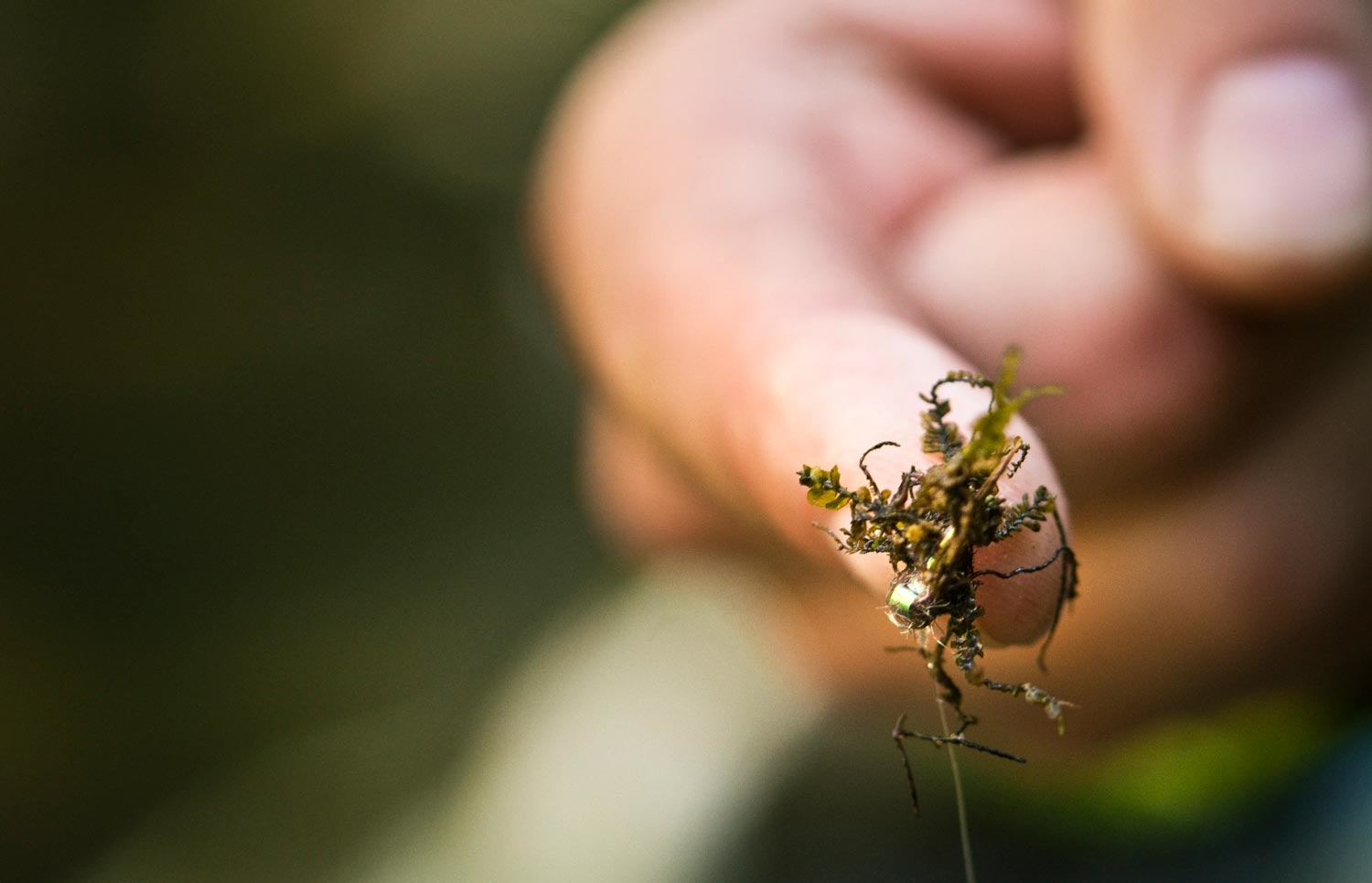
It’s really easy for us to get lackadaisical on the water fly fishing, especially when we’re enjoying our time away from work and the beauty of the outdoors. Failing to take the time throughout the day to inspect and perform rig maintenance on the water, can have you in the penalty box without even knowing it. The two most common causes are rigs tangled (dry/dropper rig or tandem nymph rig) and flies that are carrying unwanted vegetation. Next time you’re on the water and you’re not getting bites when you think you should be, stop and check your rig for problems. It could very well, be the only reason why you’re not getting your rod bent. For all you guides, make a point to inform your novice clients of the importance of doing these maintenance checks before you leave their side. It’s a valuable lesson many beginners will overlook if you don’t point it out to them.
Read More »Golden Dorado on the Fly Require a Mix of Skills
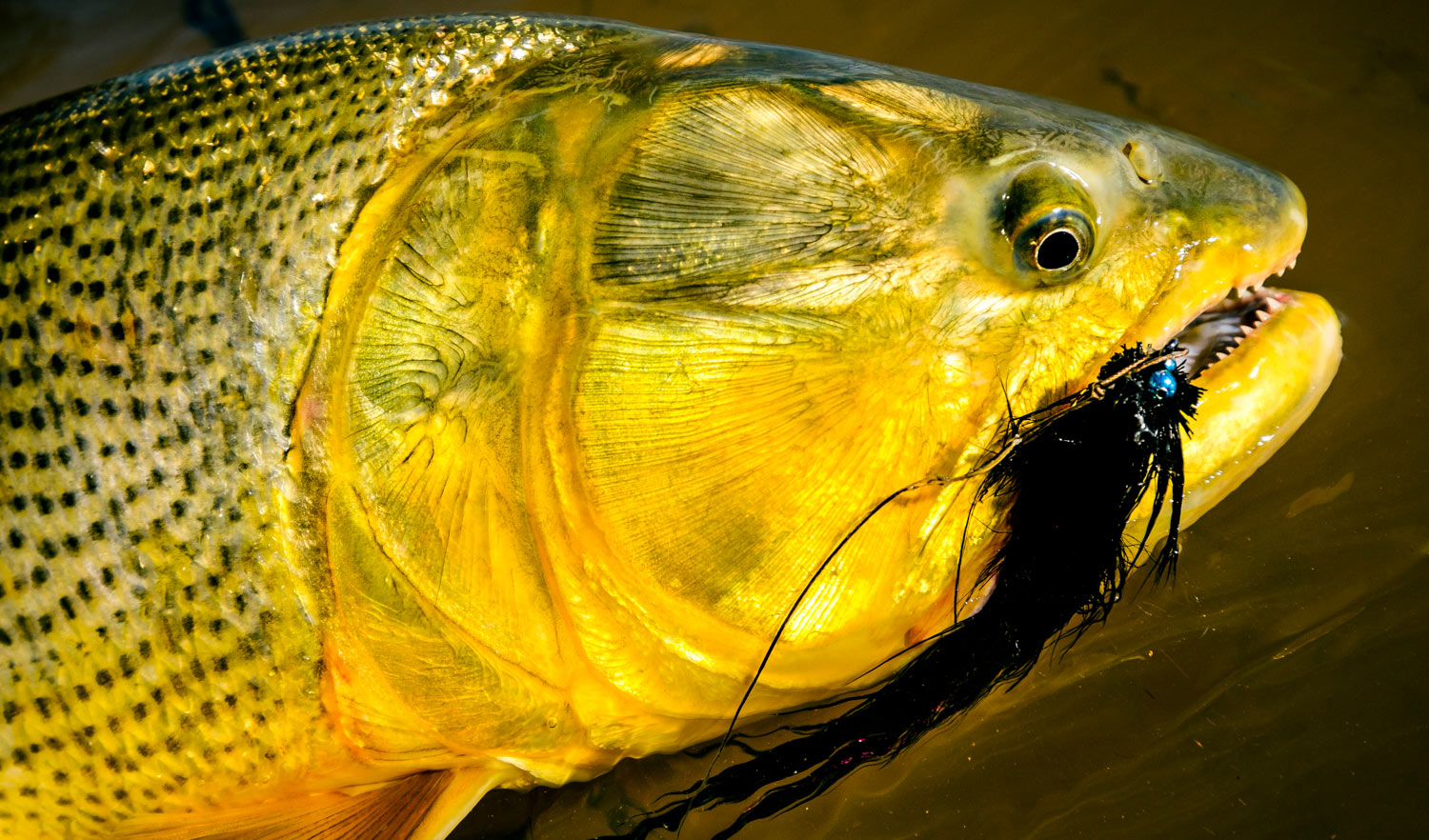
By Louis Cahill
There’s nothing cooler than catching a new species on the fly.
I recently had my first encounter with the golden dorado, a species I have coveted for some time. I hosted a group at the Parana On The Fly lodge with Andes Drifters for a week and we caught an amazing array of species including piranha, pacu, pirapita, boga and, the king of the river, the golden dorado.
The dorado has quite a reputation as a sport fish and it does not disappoint. A beautiful fish and an acrobatic fighter, it’s known primarily for its unchecked aggression. The first couple of dorado to eat my fly scared the daylights out of me. Their predatory response goes way beyond simply eating the fly. They destroy it. They eat with pure rage.
Beyond the thrill of tackling such an aggressive predictor, the challenge of catching a dorado is compelling in itself. These fish are not easily caught and the fishing is both technical and demanding in ways I did not expect. I found myself combining skills in a way that was unlike any fishing I’ve done before and, for me, this made the whole experience much more rewarding.
WHAT DOES IT TAKE TO CATCH A GOLDEN DORADO ON A FLY?
DSCF6539I have come to think of dorado fishing as a hybrid of fresh and saltwater techniques. It is essentially streamer fishing. Though we used rat patterns quite a bit, you are basically fishing them as top-water streamers. Like streamer fishing for trout or smallmouth, you’re working structure. Casting from a boat and covering water looking for the fish that’s in the right frame of mind.
Dorado utilize many different types of structure, which I will go into in detail in another article. They use that structure in interesting ways and they sometimes remind me of redfish and other times striped bass or trout. The key to success is understanding the different holding zones and how the dorado uses them, then rapidly identifying those zones and making the right presentation to each as they appear.
It’s fast paced and it’s a thinking game. You’re not just pounding the bank. You’re making a planned presentation, much like you would for tarpon or bonefish, in rapid succession as you float the river. It’s demanding both mentally and physically. Four days after arriving home, I still have a few sore muscles.
Dorado fishing can be
Read More »Sunday Classic / Fly Fishing Q&A – What Would Kent Do
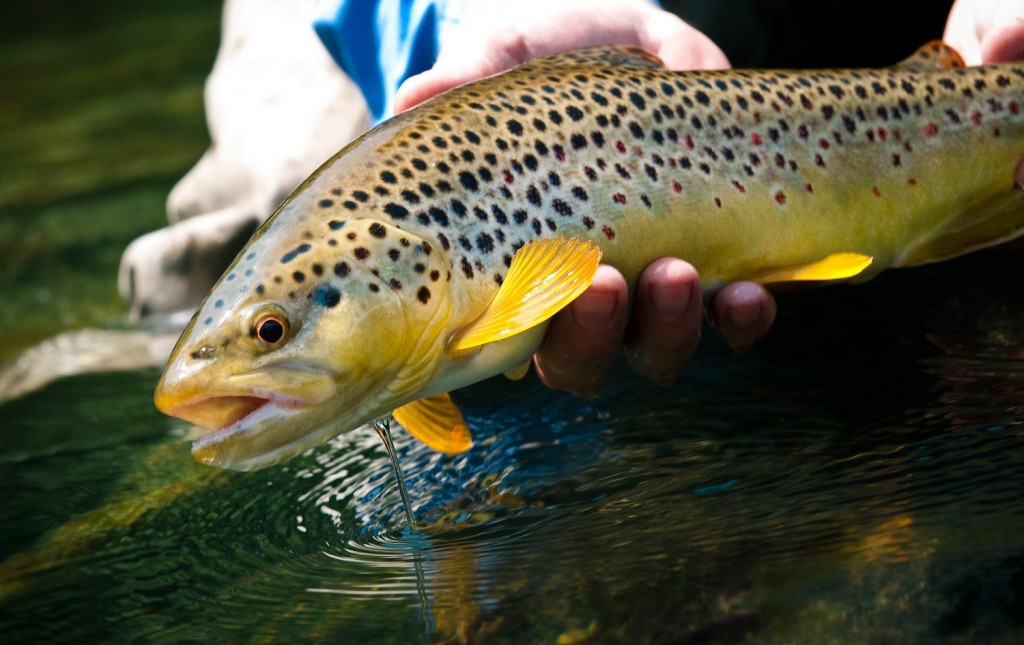
We recently experimented with asking our G&G Facebook fans to provide us with fly fishing topics/questions they would like us to answer and get more information on.
Louis coined the concept WWKD (What Would Kent Do) and it’s been very successful thanks to all of your participation. I picked out three inquiries from the participants and have provided my answers. Let us know how you like this Q&A platform and we’ll continue to use it in the effort to provide you with the content you desire.
Lance Lynch asks:
“You drive a hundred miles to a pristine river. You are so excited to get out and fish but you snap the tip off your rod. No spare rods, a full day ahead of you. WWKD?”
This is a great question because many of us have found ourselves in this situation before. You know how I always talk about carrying extra gear? This is why folks. Stuff like this happens all the time to us. It’s very easy to snap the tip off your rod getting it in or out of your vehicle, or even drop your fly reel on the ground and bend the spool. If you’re a serious fly fisherman, you should always take the time to pack extra gear, especially if you’re going to be traveling long distances to fish. Consider purchasing a inexpensive rod-tip repair kit and keep it in your vehicle and if you have a back up fly rod, pack it as well.
Fuji Rod-Tip Repair Kit
To answer your question, this is what I would do if I didn’t have a rod tip repair kit or a back up fly rod with me. It’s a quick fix, just carefully snip off the broken section as close as possible to your next rod guide with a pair of nippers or pliers. Keep in mind the fly rod won’t cast as nice, and it will catch the fly line some, but you’ll still be able to cast it well enough to make satisfactory presentations and land fish.
Kim Brock asks:
“What is the most important advice that you would give to a new trout angler. WWKD?”
This is a pretty broad question but here are seven tips I stress most with my novice clients.
One, take the time to learn the fundamentals of fly casting so you can learn proper technique. Always watch your backcast when your practicing fly casting and fishing on the water. It will shorten your learning curve, help keep you out of the trees and minimize tangles on the water. You’ll also improve your skill level much quicker overtime by doing this. If you don’t fish all that often, it can be very beneficial for you to practice fly casting a couple of times for 10-15 minutes in the yard before you head out on your fishing trip. Doing so, you’ll feel more comfortable and confident in your fly casting and you’ll have worked out many of your casting flaws.
Two, when you’re trout fishing don’t
Read More »Saturday Shoutout / Water Is Life
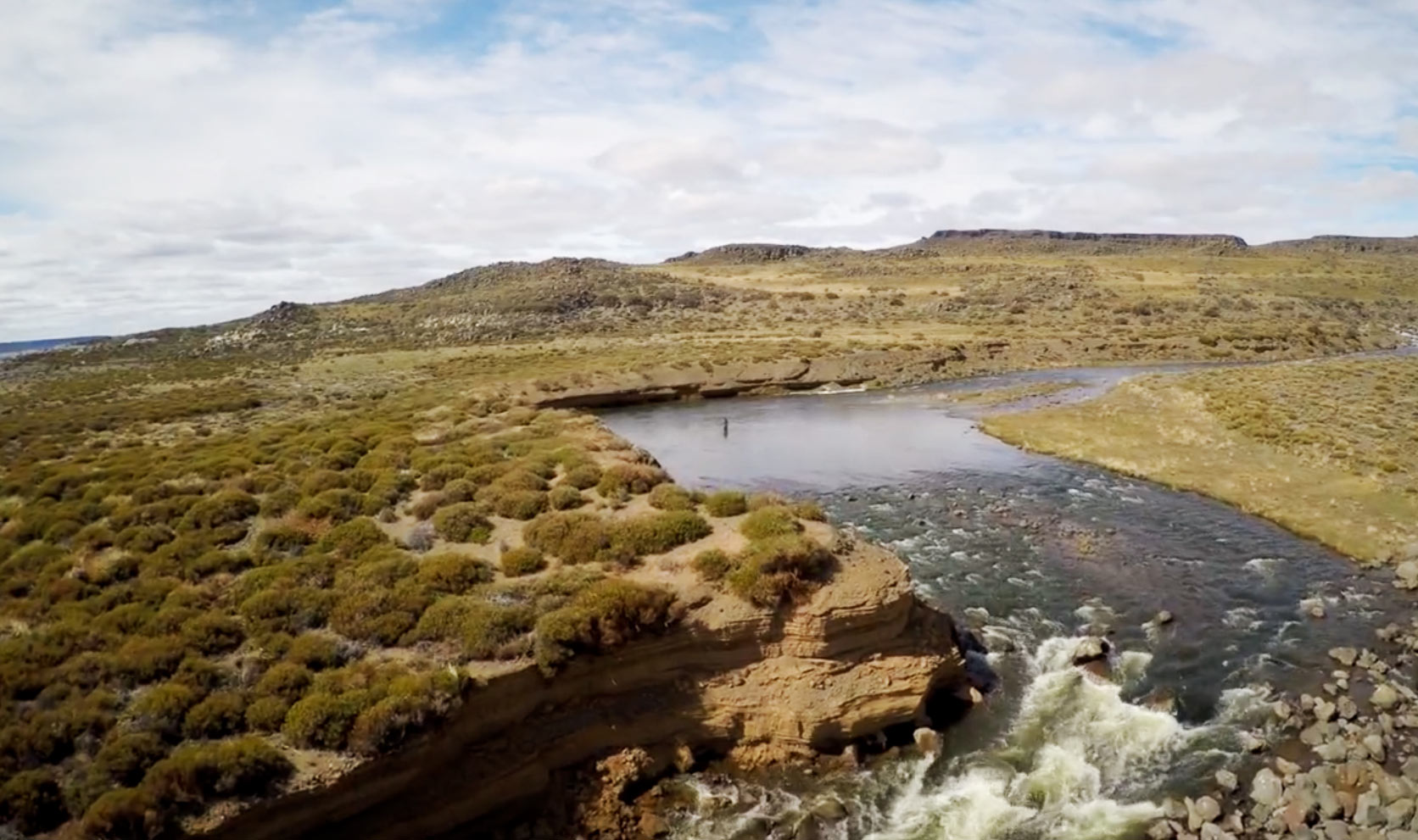
Are you ready for some heart pounding action on a fly rod?
This new film from Castaway Films delivers from around the globe.
“From Argentina’s Jurassic Lake and 30dz rainbows that will readily eat a dry fly to the bull-headed GTs of the Seychelles and the carnivorous tiger fish of the Zambezi, this film contains some of the most remarkable fishing ever caught on film.”
You can see “Water Is Life” at the years F3t. Ride dates nerve you HERE.
“WATER IS LIFE”
Read More »